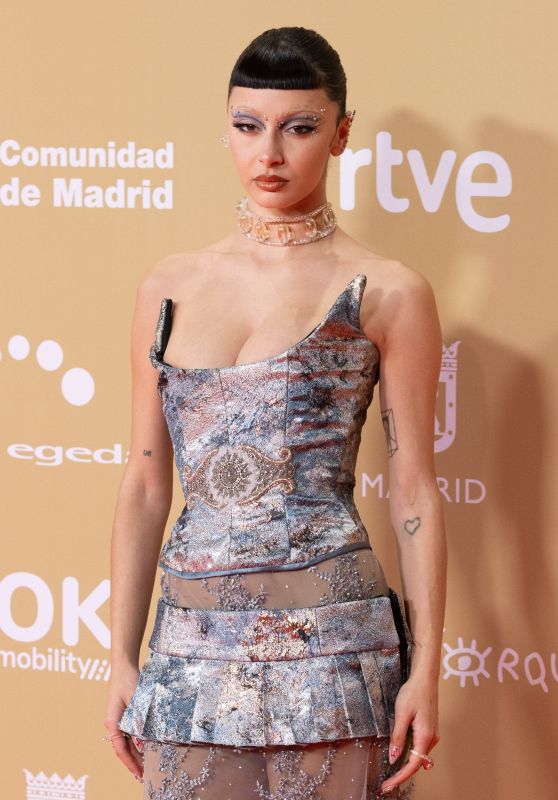Kelsey Mann had worked at Pixar in a variety of capacities but never directed a feature when he was called in for a meeting with company president Jim Morris and chief creative officer Pete Docter. “I had no idea what the meeting was about,” Mann told IndieWire’s Filmmaker Toolkit podcast. “I knew it was either going to be the worst meeting in the world or the best.” Luckily for Mann, it turned out to be the best, because it was the meeting where Docter asked him if he would be interested in telling a new story in the world of “Inside Out.”
The movie that resulted, “Inside Out 2,” is not only the biggest box office hit of 2024 but one of those sequels, like “The Empire Strikes Back” or “Terminator 2,” that both delivers the satisfactions of the original and deepens and expands upon its ideas. For Mann, one of the models was another Pixar movie, “Toy Story 2.” “I remember sitting there watching the credits rolling, and I felt this incredible sense of envy,” he said. As soon as he got the job directing “Inside Out 2” he began assessing what he liked about his favorite sequels and realized that they all did something new — a practice he was determined to follow on “Inside Out 2.”


In an effort to take the correct approach, Mann reached out to “Toy Story 2” writer (and “Finding Dory” director) Andrew Stanton for advice. “He said ‘the sooner you start thinking of this film as an original, the better off you’re going to be,'” Mann said. Mann took Stanton’s words to heart as he collaborated with writers Meg LeFauve and Dave Holstein on a story that saw heroine Riley Anderson entering puberty, and thus acquiring a whole new set of emotions to yank her back and forth — emotions that included Anxiety, Envy, Ennui, and Embarrassment, all personified as vivid characters by Pixar’s animation team.
Once the script was approved, Mann began the process of creating “reels,” in which the movie is drawn out panel by panel on storyboards. “We draw out the shots and get an editorial team that cuts it together with temporary sound effects and music and voices,” Mann said. “Then you just keep making the movie over and over again. Every three to four months we do a screening, and on this film we did nine screenings total. We get to see the movie and ask what worked and what didn’t and what can we change to make it better.”
Mann says the scripts at Pixar never stop evolving. “We’re constantly writing and then shooting and then going back and rewriting and shooting again until we feel really good. Once a scene is approved for production, then it starts to move into the pipeline of going into layout, then into animation and into lighting. But you’re slowly working on the movie and improving it in little pieces and chunks.”
One way that Mann and his writers measured whether or not their film was working was to bring on an advisory board made up of teenage girls who would comment on each cut and let the filmmakers know what they felt was relatable and realistic and what wasn’t. “We created a teenage girl trust,” Mann said. “We ended up calling them ‘Riley’s Crew.’ We got nine girls between 13 and 18 and showed them every version of the movie and met with them afterward to get their thoughts.”
Those thoughts ended up being key to the final shape of the film, as Mann found the teenagers to be incredibly articulate about their responses. “They gave great notes,” he said. “They almost gave better notes than some people at Pixar. They took it seriously — they took detailed notes and sometimes they watched it twice, and if we weren’t able to get to everything they would send us their notes through email the next day. It was amazing.”
The big challenge for Mann was to make a film that would appeal not only to those teenage girls, but their parents, grandparents, and younger viewers as well. The solution was simply a lot of trial and error throughout the screening process. “You just workshop the movie over and over,” Mann said. “There are movies I love that I never want to see again. Those are great, but they aren’t my favorite movies, and they’re not the ones that made me want to be in this industry. I wanted to make a movie that everybody would want to go see, and that you would want to see again.”




















 English (US) ·
English (US) ·